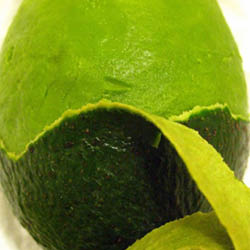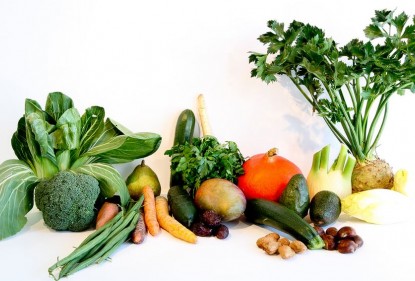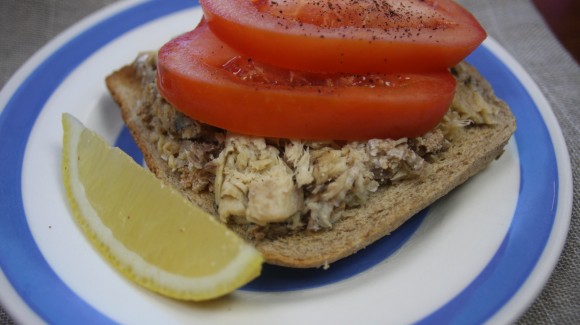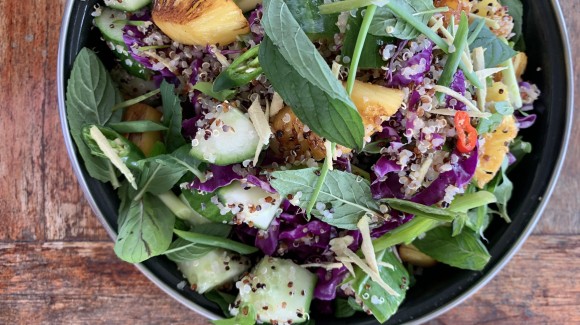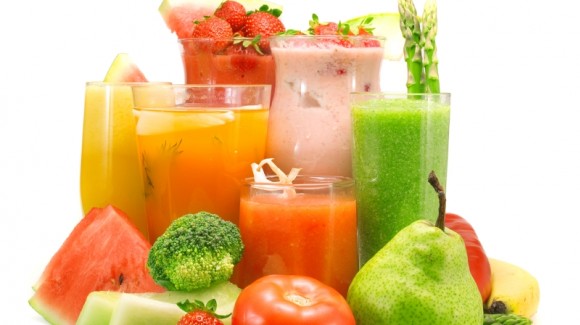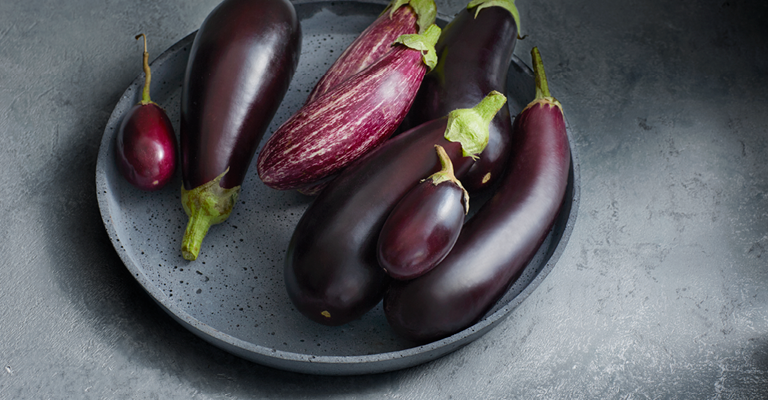
Health & Beauty
The benefits of vegetable skin
If you want to maximise the nutrition of your vegetables, then leave your peeler in the draw and get creative! You probably know you can eat the skin of cucumbers and carrots, but here are some clever ways to get more out of your favourite vegetables.
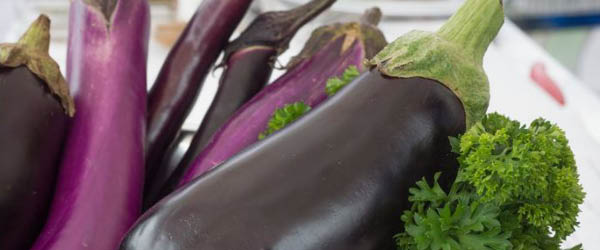
Eggplant
An eggplant's purple hue comes from a powerful antioxidant called nasunin, which may help to fight ageing. The skin is also rich in antioxidant and anti-inflammatory properties. Eggplants on the smaller side usually have the most tender skin.
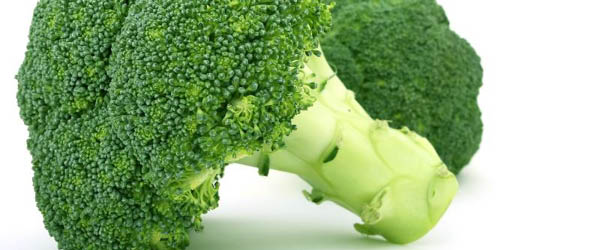
Broccoli
The stalk of a broccoli is high in calcium, iron, vitamin A, potassium and magnesium, and with its crisp and juicy properties, it’s perfect to roast, sauté or to add raw to a salad. The toughness of the stalk’s skin will vary from each piece of broccoli, so give it a bite and then determine if you need to peel it.
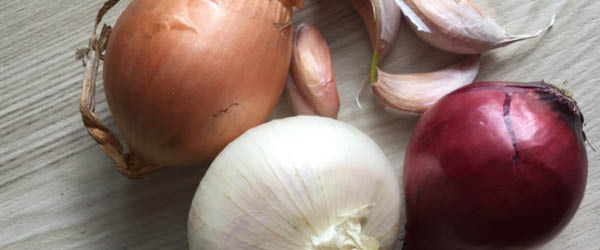
Onion
The outside of an onion's skin contains quercetin, popular for its anti-inflammatory and antihistamine properties. Although the skin is not directly edible, you can draw out some of those nutrients by adding it to stock.
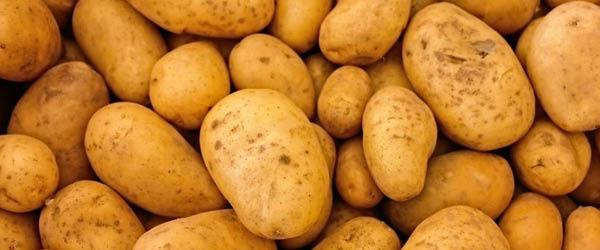
Potato
Potato skin can provide us with potassium and iron. Be mindful that some cooking methods, like frying, will counteract the goodness of potato skins, so simply bake the potato skins in the oven without oil to make delicious, healthy chips. And next time you bake a potato, leave the skin on for some extra crispness.
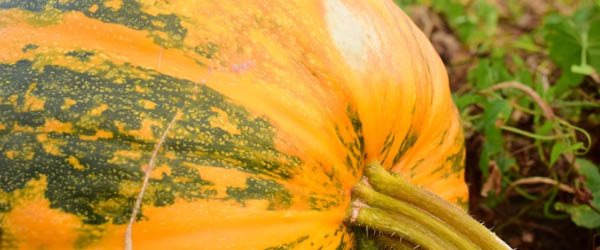
Pumpkin
The antioxidant Beta-carotene can be found in the skin of a pumpkin. When roasting pumpkin, the skin offers a delightful crunch. Alternatively you can bake the skin and make chips, or add skins to a vegetable stock.

Oranges (not technically a vegetable, but a great addition to a salad!)
The peel of an orange packs has twice as much vitamin C as what’s inside. It’s probably not very appealing to munch into the bitter skin or an orange, but rather, grate the peel and sprinkle it on top of a salad, or mix it in with your favourite dressing.
Did you know? When it comes to avocados, the rough flesh closest to the skin of is high in fibre, potassium, fatty acids, antioxidants and vitamins B12 and E. But this goodness can sometimes be left behind if you scoop the fruit from the peel. The most nutritious and easiest way to eat an avocado is to cut the avocado in half, remove the stone, cut the halves into quarters and then peel the segments.
The big bonus of eating unpeeled vegetables and fruit is the insoluble fibre they contain – not only does this make going to the bathroom easier, but it helps reduce our absorption of cholesterol and keeps us full for longer.
So remember keep the nutrients; keep the fibre, save the time. Just give vegetables a really good wash before you eat them.
This story has been inspired and informed by content originally appearing at nine.com.au, Stack.com and Independent.co.uk.
